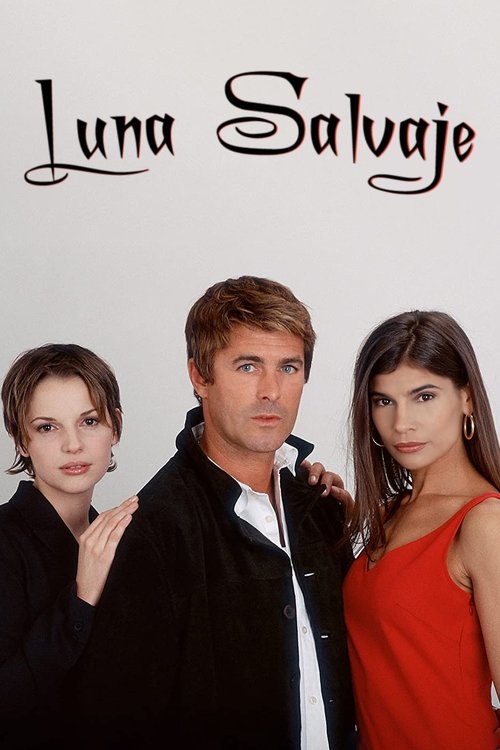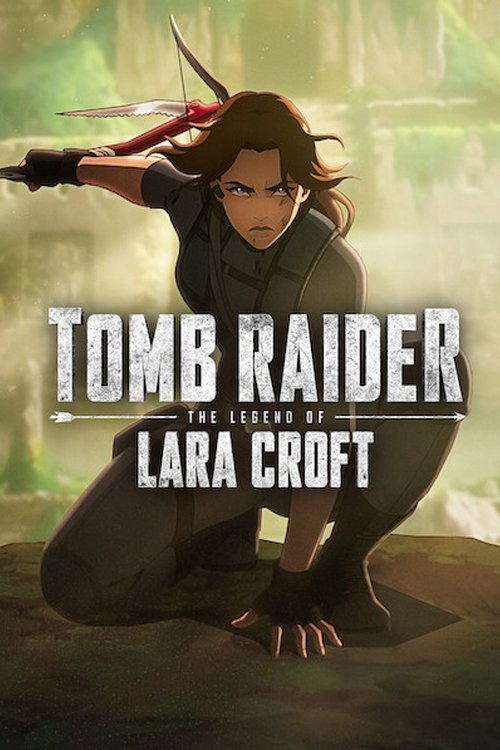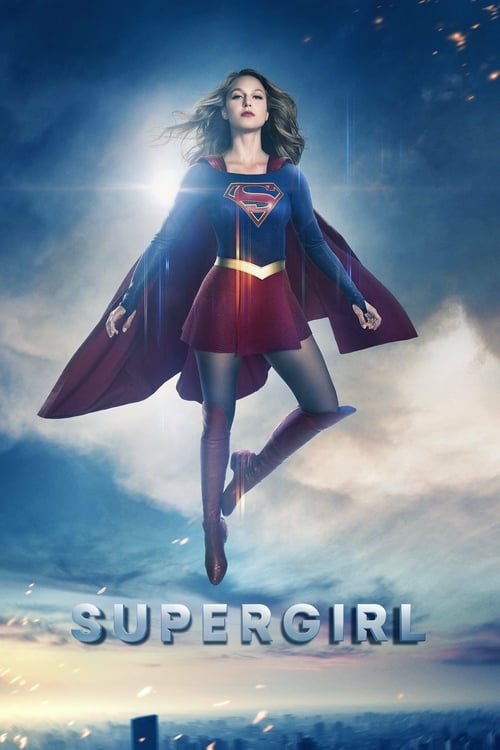
Ask Your Own Question
What is the plot?
In the beginning of "Luna Salvaje," we are introduced to the protagonist, Luna, a young woman living in a rural area. She is portrayed as strong-willed and independent, often at odds with her traditional family. Luna's life takes a dramatic turn when she discovers that her father, a respected figure in the community, is involved in illegal activities, including drug trafficking. This revelation shatters her perception of her family and sets the stage for her internal conflict.
As Luna grapples with her father's criminal ties, she meets a mysterious man named Santiago, who is initially presented as a charming stranger. Their chemistry is palpable, and Luna feels drawn to him despite her reservations. Santiago, however, has his own hidden agenda, as he is an undercover agent investigating the drug trade in the region. This creates a tension-filled dynamic between them, as Luna is unaware of his true identity.
The plot thickens when Luna's father is arrested during a police raid, leading to a power vacuum in the local drug trade. Luna, feeling a sense of responsibility to protect her family and their legacy, decides to step into her father's shoes. She begins to navigate the dangerous world of drug trafficking, showcasing her resourcefulness and determination. This decision marks a significant turning point in her character arc, as she transitions from a naive girl to a formidable player in the criminal underworld.
As Luna delves deeper into the drug trade, she faces numerous challenges, including rival gangs and law enforcement. One pivotal scene involves a confrontation with a rival gang leader, where Luna must assert her authority to maintain control. The tension escalates into a violent showdown, with Luna demonstrating her fierce loyalty to her family and her newfound role. The fight is intense, with physical altercations and strategic maneuvers that highlight her growth and resilience.
Throughout this journey, Luna's relationship with Santiago becomes increasingly complicated. He struggles with his feelings for her, torn between his duty as an agent and his growing affection for her. Their interactions are charged with emotion, as they share moments of vulnerability and connection, yet are constantly hindered by the secrets they keep from each other. Santiago's internal conflict intensifies as he witnesses Luna's transformation and the lengths she is willing to go to protect her family.
As the story progresses, Luna's actions attract the attention of law enforcement, leading to a climactic confrontation. In a high-stakes scene, Luna and Santiago find themselves on opposite sides during a police operation aimed at dismantling the drug ring. The tension reaches a boiling point as Luna must choose between her loyalty to her family and her feelings for Santiago. This moment is fraught with emotional weight, as both characters grapple with their choices and the consequences that follow.
In the final act, Luna's world unravels as the police close in on her operations. A dramatic chase ensues, with Luna attempting to escape the authorities while also confronting her father's legacy. The stakes are high, and the action is relentless, showcasing her determination to survive. In a heart-wrenching moment, Luna is forced to confront her father, who reveals the true extent of his involvement in the drug trade and the impact it has had on their family.
The series culminates in a tragic resolution, where Luna must face the repercussions of her choices. The emotional toll of her journey is palpable as she reflects on the cost of her actions and the loss of her innocence. The final scenes depict her standing at a crossroads, symbolizing her struggle between the life she has known and the uncertain future that lies ahead. The story concludes with a sense of ambiguity, leaving viewers to ponder the complexities of loyalty, love, and the consequences of a life entwined with crime.
What is the ending?
In the ending of "Luna Salvaje," the main characters face the culmination of their struggles and conflicts. Luna, having fought against the oppressive forces in her life, ultimately finds a sense of freedom and resolution. The story concludes with her embracing her true self and the love she has for her family, while other characters confront their own demons and make choices that lead to their respective fates.
As the final episodes unfold, the tension escalates. The scene opens with Luna standing at the edge of a cliff, the wind whipping through her hair, symbolizing her internal struggle. She reflects on her journey, the pain she has endured, and the love she has fought for. The sun begins to set, casting a golden hue over the landscape, representing hope and new beginnings.
In the next scene, we see her confront her adversary, a powerful figure who has caused her much suffering. The confrontation is intense, filled with raw emotion. Luna's voice trembles with determination as she declares her independence and her refusal to be controlled any longer. The camera captures the fierce look in her eyes, showcasing her transformation from a victim to a warrior.
Meanwhile, other characters are dealing with their own resolutions. We see Luna's family members grappling with their choices. Her mother, who has been a source of conflict, finally acknowledges her mistakes and seeks forgiveness. The emotional weight of this moment is palpable, as tears stream down her face, and she reaches out to Luna, who hesitates but ultimately embraces her mother, signaling a fragile reconciliation.
In a parallel scene, Luna's love interest, who has been a steadfast supporter throughout her trials, stands by her side. He expresses his unwavering belief in her strength, and they share a tender moment that solidifies their bond. The camera zooms in on their hands intertwined, symbolizing unity and shared purpose.
As the climax approaches, the antagonist makes one last desperate attempt to regain control, leading to a dramatic showdown. The tension is thick as Luna and her allies confront this figure, showcasing their growth and resilience. The battle is not just physical but also emotional, as Luna channels her pain into strength, ultimately overcoming her foe. The scene is filled with dynamic action, punctuated by close-ups of the characters' faces, revealing their determination and fear.
In the aftermath of the confrontation, the characters begin to pick up the pieces of their lives. Luna stands amidst the ruins of her past, breathing heavily but with a newfound sense of peace. The camera pans out, showing her surrounded by her loved ones, who have also found their paths to redemption. Each character's fate is revealed: Luna's mother begins a journey of self-improvement, her love interest prepares to support her in her new life, and the antagonist faces the consequences of their actions, hinting at a possible redemption arc.
The final scene captures Luna looking out over the horizon, the sun rising in the background, symbolizing hope and new beginnings. She smiles softly, embodying the strength she has gained through her struggles. The series concludes with a sense of closure, leaving viewers with the message that despite the darkness, there is always a path to light and love.
Is there a post-credit scene?
"Luna Salvaje," produced in 2000, does not feature a post-credit scene. The series concludes its narrative without any additional scenes after the credits roll. The final episodes wrap up the story arcs of the main characters, focusing on their resolutions and emotional states, but there are no extra scenes that extend the story beyond the main plot. The ending emphasizes the themes of love, sacrifice, and the struggles faced by the characters throughout the series, providing a sense of closure without the need for a post-credit moment.
What is the relationship between Luna and her father, and how does it evolve throughout the series?
Luna's relationship with her father, who is a powerful and controlling figure, is complex and fraught with tension. Initially, Luna feels a strong sense of loyalty and love towards him, but as the series progresses, she begins to question his motives and the morality of his actions. This evolution is marked by moments of rebellion where Luna seeks to assert her independence, leading to emotional confrontations that reveal her father's darker side and Luna's growing desire for freedom.
How does the character of Santiago influence Luna's journey?
Santiago serves as both a love interest and a catalyst for Luna's transformation. His presence in her life introduces her to new ideas and perspectives, challenging her to confront the oppressive environment created by her father. Santiago's unwavering support and belief in Luna's potential inspire her to pursue her dreams, even as their relationship faces numerous obstacles, including familial disapproval and external threats.
What role does the setting of the ranch play in the development of the plot?
The ranch is not just a backdrop but a character in itself, symbolizing both freedom and confinement. It is where Luna experiences the beauty of nature and the harsh realities of her family's legacy. The ranch's vast landscapes serve as a contrast to Luna's internal struggles, and key events unfold here, such as her moments of self-discovery and the conflicts with her father. The setting amplifies the emotional stakes, as Luna's desire to escape the ranch reflects her yearning for a life beyond her father's control.
What are the main conflicts that arise between Luna and her father, and how do they shape the narrative?
The conflicts between Luna and her father are central to the narrative, driven by his authoritarian nature and her quest for autonomy. These confrontations often escalate into dramatic showdowns, revealing deep-seated issues of trust, betrayal, and the struggle for power. Each conflict serves to deepen Luna's resolve to break free from her father's influence, while also highlighting her father's desperation to maintain control over her life, ultimately shaping the trajectory of the story.
How does Luna's character change from the beginning to the end of the series?
At the beginning of the series, Luna is portrayed as a dutiful daughter, caught in the expectations of her father's world. However, as she encounters love, friendship, and the harsh realities of her family's legacy, she undergoes significant growth. By the end, Luna emerges as a strong, independent woman who is willing to fight for her own identity and happiness, having learned to navigate the complexities of love, loyalty, and self-empowerment.
Is this family friendly?
"Luna Salvaje," produced in 2000, is a telenovela that contains themes and scenes that may not be suitable for all children or sensitive viewers. Here are some potentially objectionable or upsetting aspects:
-
Violence and Conflict: The show features various conflicts, including physical confrontations and emotional confrontations that can be intense. These scenes may depict aggression or hostility among characters.
-
Romantic Relationships: The narrative includes complex romantic entanglements, which may involve themes of betrayal, jealousy, and heartbreak. These relationships can lead to emotional turmoil for the characters involved.
-
Family Struggles: The series explores family dynamics that include betrayal, secrets, and emotional distress. Characters often face difficult choices that can lead to significant family conflict.
-
Socioeconomic Issues: The show addresses themes of poverty and social inequality, which may be distressing for younger viewers or those sensitive to such topics.
-
Emotional Turmoil: Characters experience a range of strong emotions, including grief, anger, and despair, which may be intense and difficult for some viewers to process.
While "Luna Salvaje" offers a dramatic narrative filled with passion and intrigue, these elements may not be suitable for all audiences, particularly younger children or those who are sensitive to emotional or violent content.






















